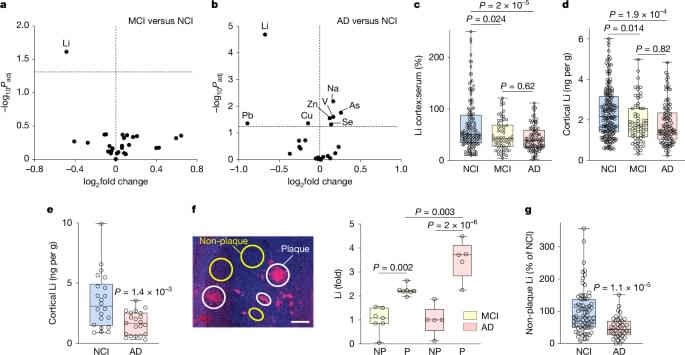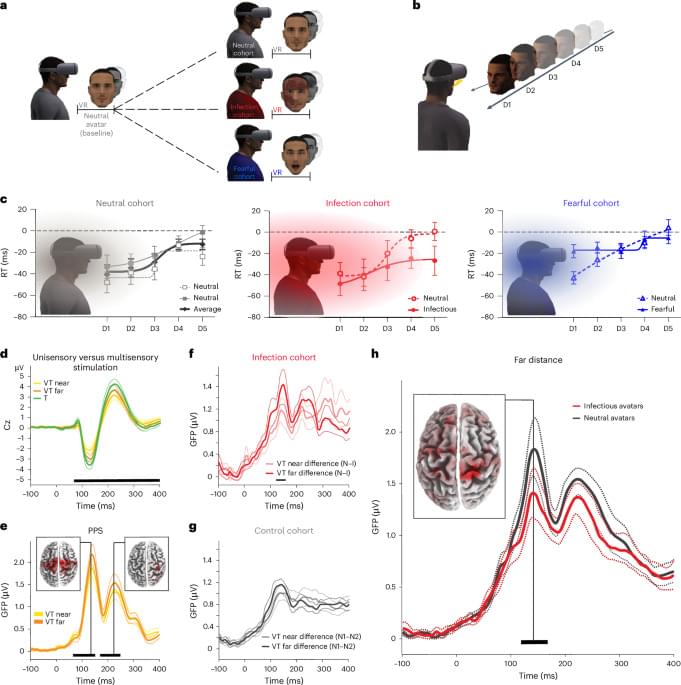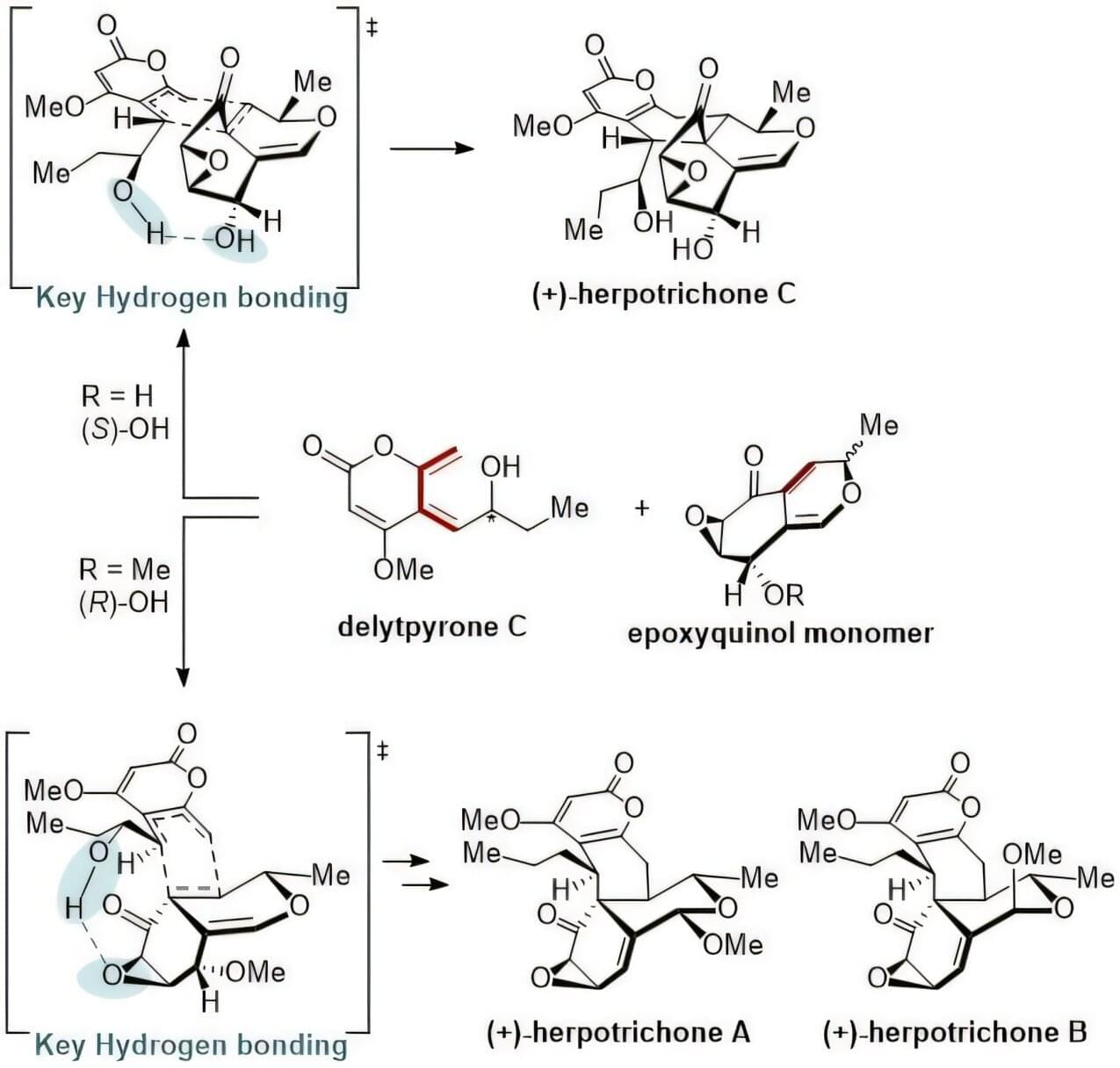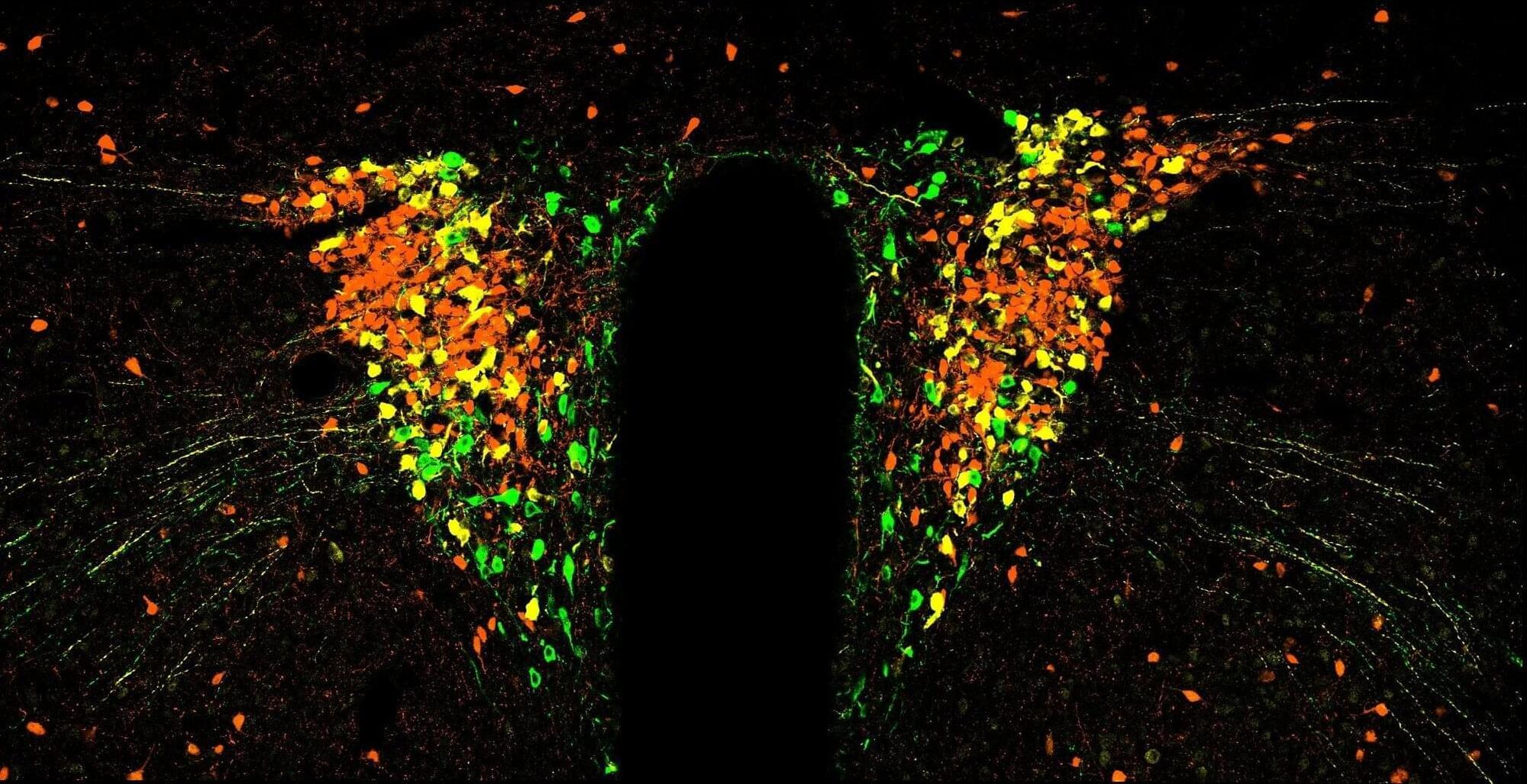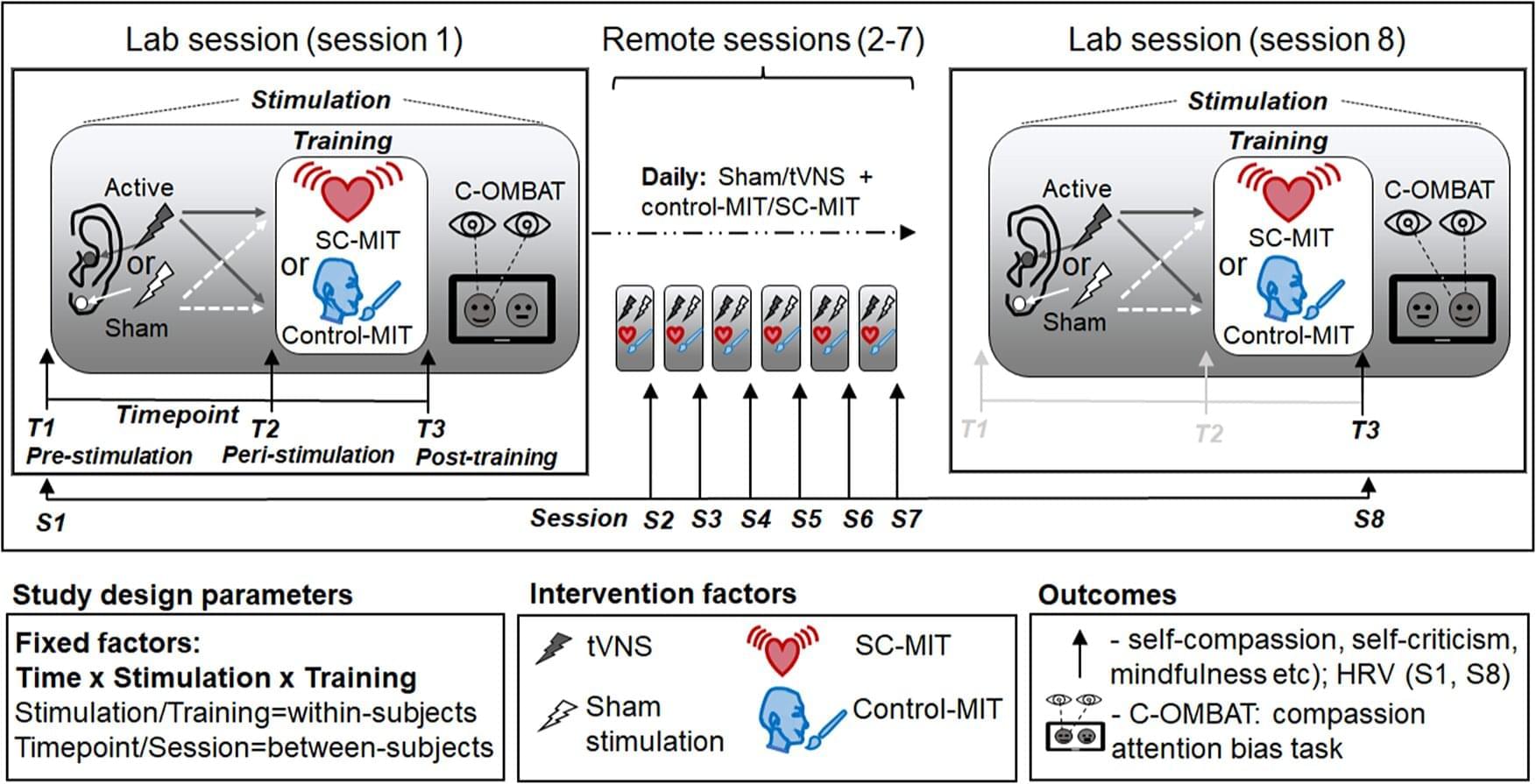Concordance was high between imputed and sequenced APOE genotypes. Moreover, the researchers replicated known GWAS associations with diet-related biomarkers.
The authors also noted several limitations to provide context for future research. These include that the study population was predominantly of European ancestry, which may limit the generalizability of findings, and that the specific participant criteria (e.g., overweight, family history of dementia) mean the resource is not representative of the general population. They also advise that potential batch effects from specimen type and study site should be accounted for in future analyses.
This genetic resource enables analyses of genetic contributions to variability in cognitive responses to the MIND diet, supporting integrative analysis with other data types to delineate underlying biological mechanisms. The data will be made available to other researchers via The National Institute on Aging Genetics of Alzheimer’s Disease Data Storage Site (NIAGADS).


